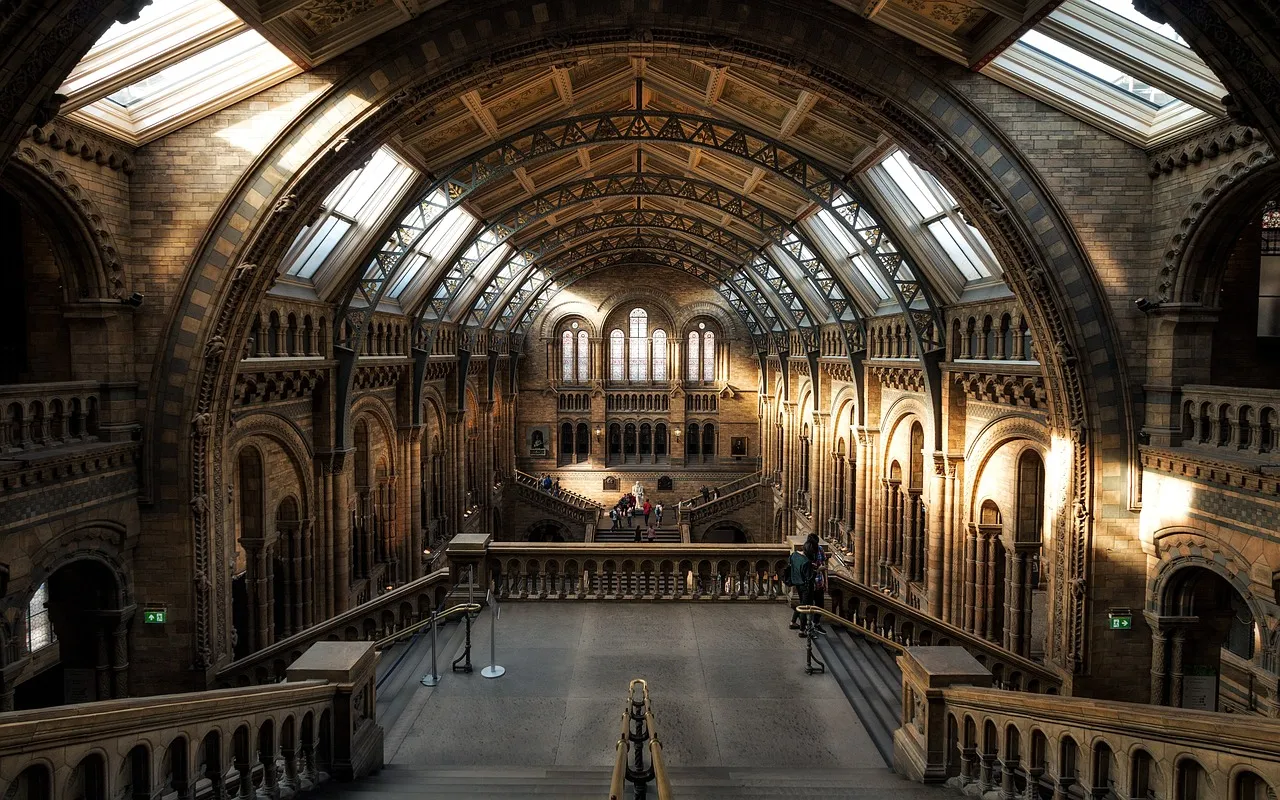
There are 520 computers, 470 projectors, an overwhelming scale and a completely new world characterised by complex and three-dimensional space.
With over 107,000 square feet of space, the museum has 50 interactive displays that blend into one another over five different zones. The exhibit’s “borderless” name encourages breaking down barriers – barriers between one piece of art and another, art and its visitors, and one person and another.